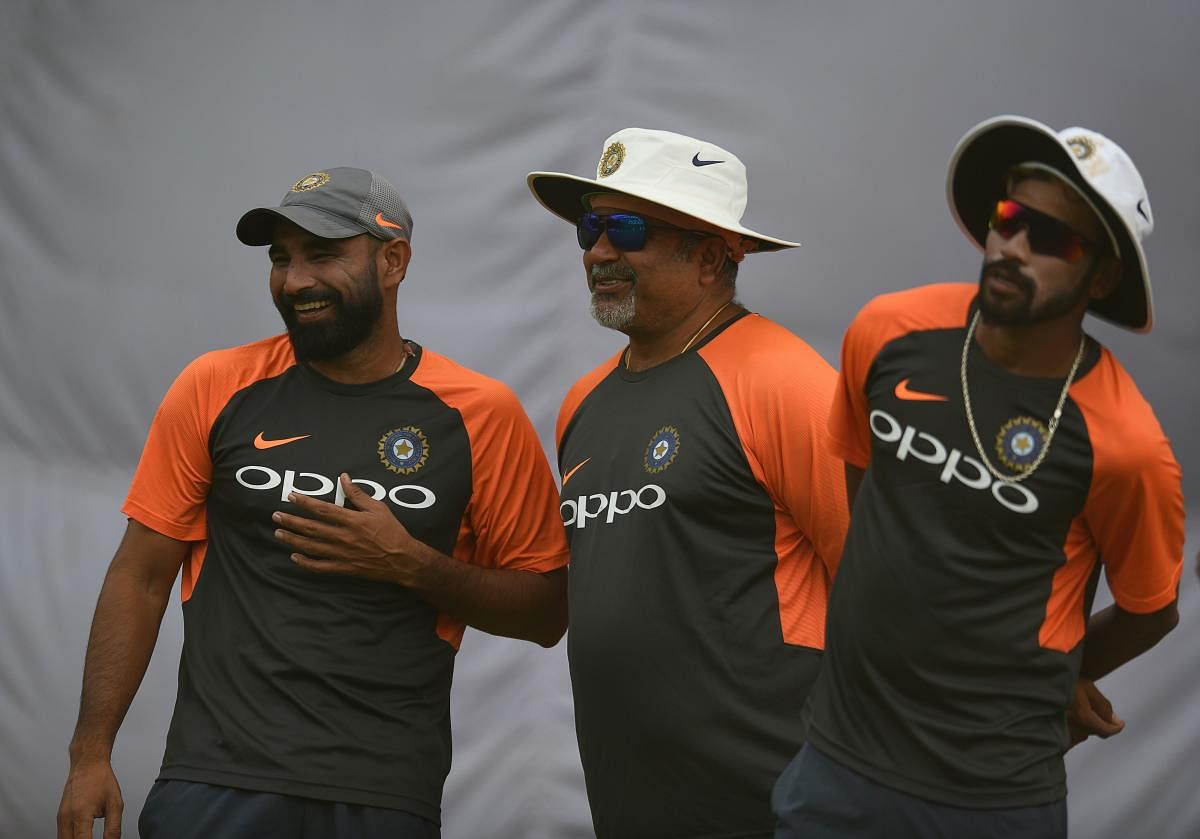
From once being referred to as the land of spin to a nation with an impressive bunch of fast bowlers, Indian bowling attack’s transformation in the last couple of years has been nothing short of revolutionary. And its journey to this change has been a fascinating tale.
As Jasprit Bumrah, Ishant Sharma and Mohammad Shami fired out the Australian batsmen in a concerted effort in Adelaide and then in Melbourne to play a major part in India’s unprecedented 2-1 lead in the ongoing Test series for the Border-Gavaskar Trophy, the hosts couldn’t help but marvel at the pace, the guile and the skill they put on show. The desire to win in tougher non-sub-continental conditions has been the driving force behind BCCI’s emphasis on developing quality quicks – be it laying out pitches with grass, pace and bounce or the appointment of world-class coaches, trainers and physios.
India took a while to embrace the idea of a bowling coach, especially fast bowlers. While they had Bruce Reid as a consultant on their tour Down Under in 2004-05, a full-fledged coach only materialised in 2009 with the appointment of former India pacer Venkatesh Prasad. He was followed by South Africa’s Eric Simmons during Gary Kirsten’s era and then Joe Dawes of Australia when Duncan Fletcher took over. While all these people played a role in setting a roadmap, the Indian pace attack has made a big progress from being a decent one to a world-class group since Bharat Arun was named the bowling coach – first in 2014 when Ravi Shastri was named the director of the team on England tour and then again in 2017 when the Mumbaikar replaced Anil Kumble as the head coach.
Arun has had stints as coach with various teams with varying degree of success – from Tamil Nadu and Hyderabad state teams to Royal Challengers of Bangalore. It’s with the Indian team, however, he is making the biggest impact.
A former Tamil Nadu pace-bowling all-rounder, Arun doesn’t give you the typical image of a fast-bowling coach as he ambles from bowler to bowler in the nets with his roly-poly frame, either pointing them their mistakes or joking around with them. But his biggest strength has been to resist coaches’ urge to change bowlers’ actions that don’t conform with coaching manuals. As a result, someone like Jasprit Bumrah has been left free to carry on with his awkward action that the pacer developed on his own. It’s that unique style of delivery that enables him to generate high speeds and has made him so difficult to pick as well.
“I felt that Bumrah was able to generate a lot of pace with his action, which is unique, but it puts a lot of strain on his body,” Arun said of his first meeting of Bumrah, a 19-year-old boy then, at the NCA. “It was a challenge and we had discussions with the physios and trainers. We came to the conclusion that we need to work on him to become extremely strong to be able to sustain his bowling. What makes him so special is that he is so unique. Maybe the batsmen pick his balls a little later than they normally do from a clean action, that makes him so much more potent. Most batsmen who played him even during the IPL have said that it was difficult to pick him. He was someone who did exceptionally well in the domestic championships as well.”
Arun came to Australia in 2014-15 in his first stint and he noticed while there was talent and pace, consistency was sorely missed, and it’s this aspect that the 56-year-old has strived to drill in them. Apart from developing that mindset, you needed the pacers to achieve that fitness in order bowl with sustained pace and the right line and length. Shami, Ishant, Umesh Yadav, Bhuvneshwar Kumar and Hardik Pandya have been greatly benefitted from this thought process.
“Mentally, most Indian cricketers are very tough,” he pointed out when asked about the mental and technical aspects he has worked on. “If you look at one problem, (lack of) consistency was the one with Indian fast bowlers. There have been great fast bowlers but then when you have a bunch of fast bowlers… India has had good bowlers like Zaheer Khan and Kapil Dev, great bowlers India produced earlier but to have 3-4 bowlers together, it really augurs well for Indian cricket. Now, they have proved over last year, they are fast and mean and they can be consistent.”
It’s early stages in the emergence of India as a breeding ground for fast bowlers, and with another set of talented quicks – from Shardul Thakur to Khaleel Ahmed and from Mohammad Siraj and Deepak Chahar – the future looks great.